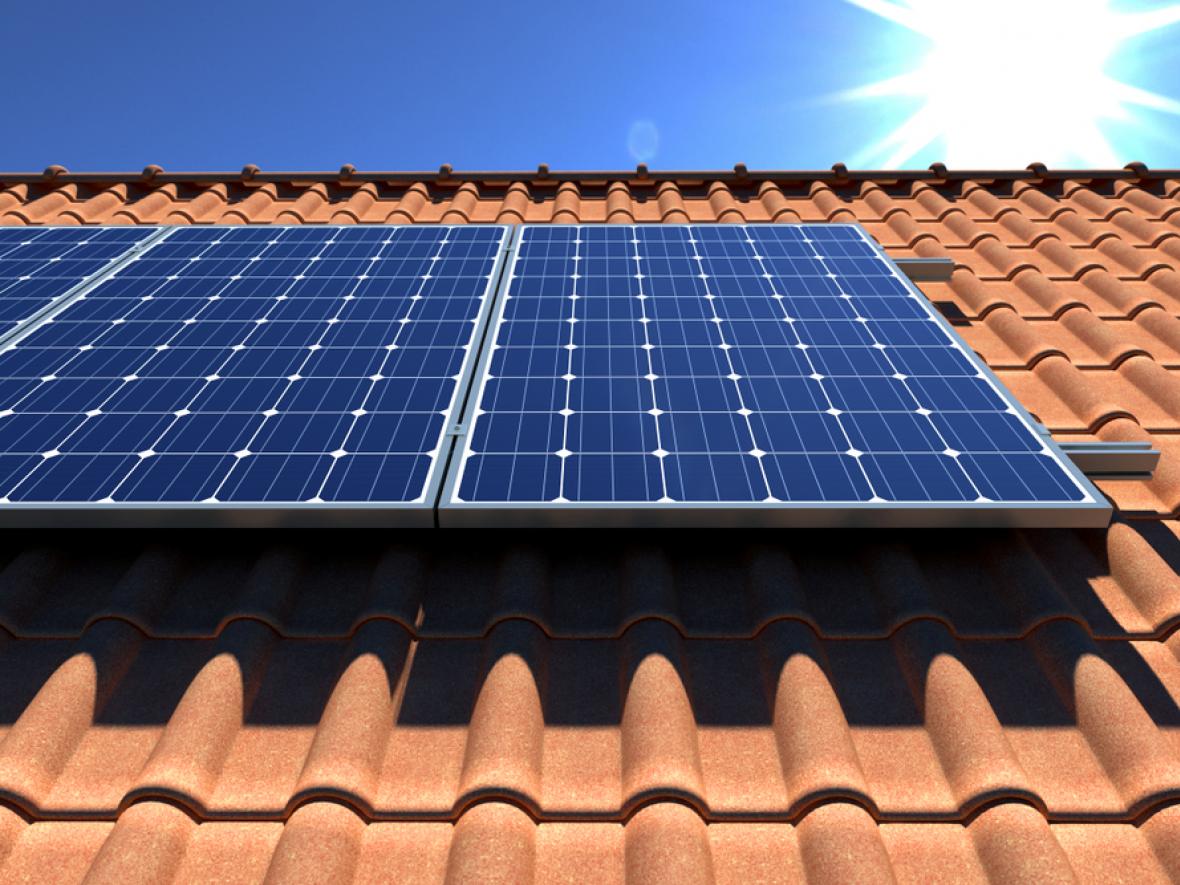
Everyone’s talking about solar power and solar panels. Your neighbors are installing them on their houses and your company is saving thousands by going solar and installing a panel array on their roof.
If you’ve spent any time reading about solar power, you’ll often see the word “photovoltaic” or an abbreviation, “PV,” used. But very rarely do any articles about solar power explain exactly how solar power is created. What is solar photovoltaics, and how exactly do commercial or residential solar systems convert sunshine into electricity?
Photovoltaics is the scientific process by which light is converted into electricity.
How Do Solar Cells Create Power?
A solar panel is made out of a number of solar cells, all working towards the same purpose: harnessing the sun’s energy. To understand how solar cells do this, let’s take a look at what solar cells are made of.
Solar cells are made of:
An anti-reflective top coating that helps capture the sun’s light energy (photons)
A semi-conductor, often made of silicon, which helps separate the photon’s electrons
Positive and negative conductors, which allow the electrons to become an electric current
From there, DC electricity is converted to AC electricity through a solar inverter. AC electricity is the kind of energy that can be used to power your home.
How Has Solar Photovoltaic Technology Changed?
According to the Solar Energies Industry Association (SEIA), the cost of installing solar PV panels on your home has dropped by 70% over the last decade, and prices today are at an all-time historical low.
Photovoltaic technology has improved as well—the earliest solar cells were only about 1% effective, compared to today’s 15% average—and the cost per watt has dropped significantly as well, from over $75 per watt in the late 1970s to today’s average cost, which has dropped below $0.15 per watt.
How Do Solar Tax Credits Work?
Not only are the market prices of solar power more affordable than ever, but a number of Arizona solar credits and rebates make reaching out to a solar PV panel installer near you to schedule a quote for your home easy for any home to budget for.
Arizona’s Solar Tax Credit in 2019
Perhaps the biggest (and most time sensitive) solar credit available is the federal residential renewable energy tax credit. Qualified homeowners can take 30% off the total cost of their solar panel installation and deduct it as a credit against their federal income tax due. If the total amount of credit is more than their federal income tax due, they can also roll over the balance an additional year.
But 2019 is the last year to qualify for the full 30% Federal Solar Tax Credit rate. Starting in 2020, the discount will continue to drop, year-by-year, until it is completely eliminated for residential installation in 2022, so the time to act is now!
